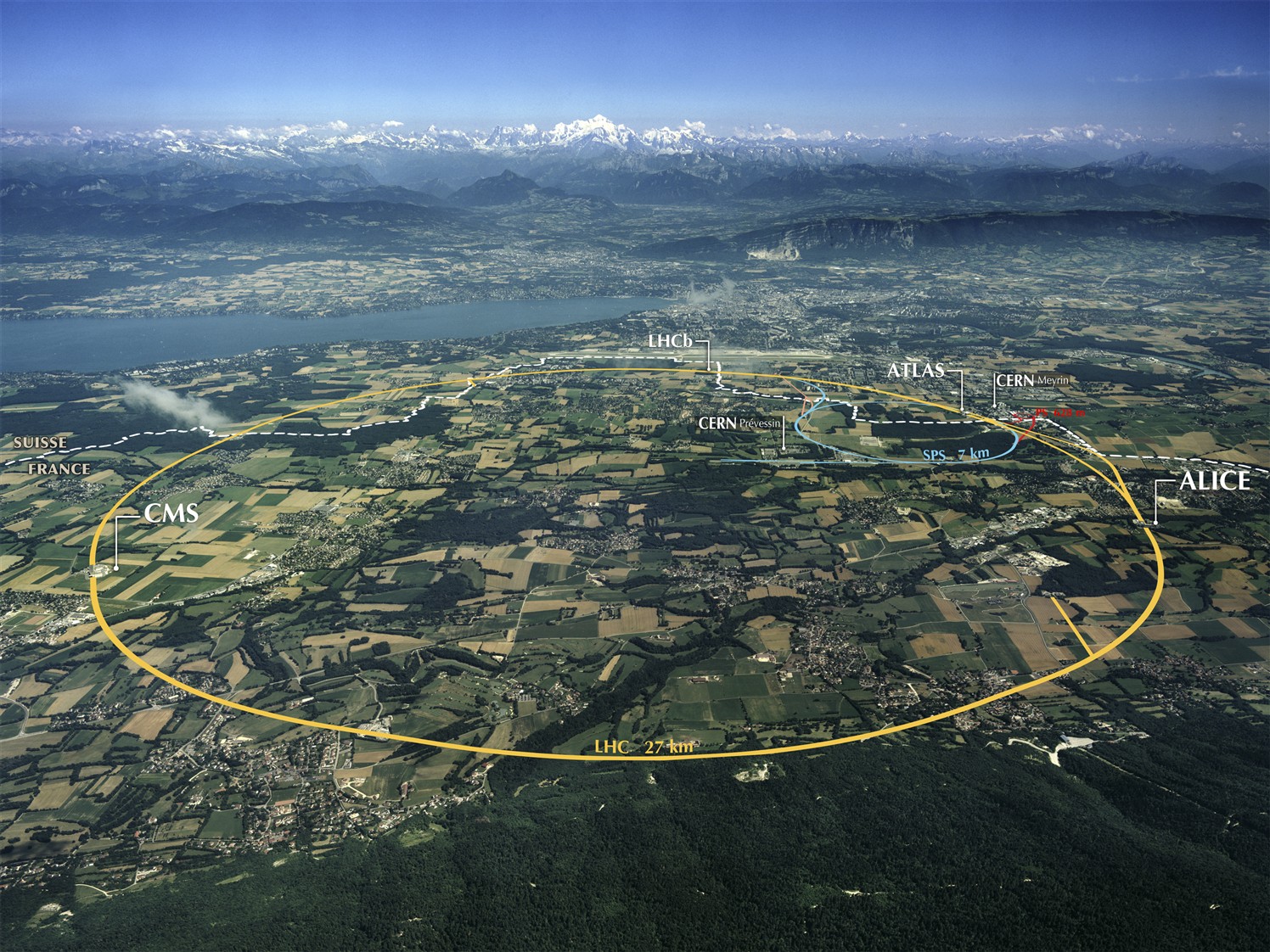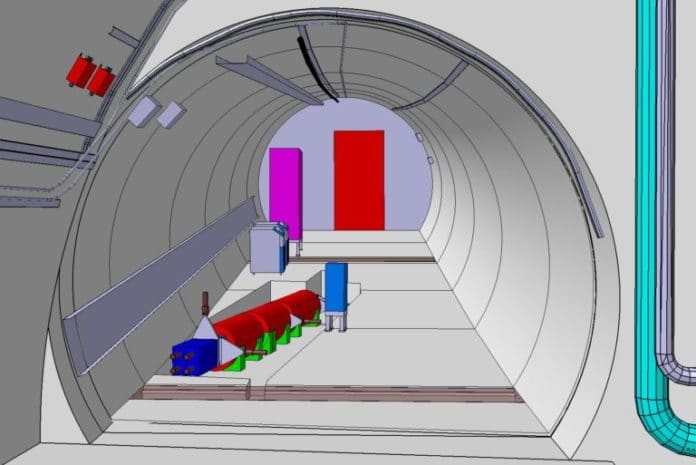On March 5, the research board at the CERN has approved a new experiment at the Large Hadron Collider in Geneva, to search for search for evidence of fundamental dark matter particles. Known as Forward Search Experiment — or FASER is aimed to explore one of the outstanding questions in particle physics: What is dark matter made of?
Dark matter is a hypothetical form of matter that is thought to account for approximately 85% of the matter in the universe, and about a quarter of its total energy density. The majority of dark matter is thought to be non-baryonic in nature, possibly being composed of some as-yet-undiscovered subatomic particles.
University of Washington and member of the FASER team said, “The identity of dark matter particles is a major mystery in particle physics and one that we think FASER could help solve by identifying a class of particles associated with dark matter.”
FASER in collaboration with around the globe, including the UW, and co-led by scientists at the University of California, Irvine and CERN, which operates the Large Hadron Collider, or LHC, is trying to find indirect evidence for the light, weakly interacting particles that may interact with dark matter. So far, these particles have eluded scientists. But the FASER team will try to detect traces of these particles as they decay from the LHC’s proton beams.
The FASER instrument is designed to be compact, measuring about 1 meter in diameter and 5 meters long. It will be placed at a specific point along the 16-mile loop of the LHC, about 480 meters, or 1,574 feet, away from the hulking, six-story instrument used by the ATLAS Collaboration to discover the Higgs boson.

Jonathan Feng, FASER co-spokesperson and professor of physics and astronomy at UC Irvine said, “Seven years ago, scientists discovered the Higgs boson at the Large Hadron Collider, completing one chapter in our search for the fundamental building blocks of the universe, but now we are looking for new particles. The dark matter problem shows that we don’t know what most of the universe is made of, so we’re sure new particles are out there.”
As proton beams go through the cooperation point at the ATLAS instrument, a few hypotheses show that they may rot to a competitor molecule that interfaces with dark matter, a dark photon, which thus could rot into a couple of particles — an electron and a position — as it goes through concrete in the LHC tunnel and afterward into the FASER instrument. The instrument will almost certainly measure the progress of particle decay and will gather information when ATLAS is working.
Hsu said, “The high number of particles at the LHC gives us this irresistible chance to try to detect new lightweight particles — and even trace them as they travel hundreds of meters from their source to the detector.”
Jamie Boyd, CERN research scientist and co-spokesperson for FASER said, “One of the advantages of our design is that we’ve been able to borrow many of the components of FASER — silicon detectors, calorimeters, and electronics — from the ATLAS and LHCb collaborations. That’s allowing us to assemble an instrument that costs hundreds of times less than the largest experiments at the LHC.”
The FASER detector, which will be one of only eight research instruments at the LHC, is being built and installed during the collider’s current hiatus and will collect data from 2021 to 2023. The LHC will be shut down again from 2024 to 2026. During that time, the team hopes to install the larger FASER 2 detector, which will be capable of unveiling an even wider array of mysterious, hidden particles.
The FASER team will consist of 30 to 40 members, a relatively small number compared to other groups conducting research at the LHC. In addition to CERN, UC Irvine, and the UW, other institutions participating in the FASER endeavor are the University of Oregon, Rutgers University, the University of Geneva in Switzerland, the University of Bern in Switzerland, Italy’s National Institute for Nuclear Physics Genoa Section, China’s Tsinghua University, Technion – Israel Institute of Technology, Israel’s Weizmann Institute of Science, the Johannes Gutenberg University of Mainz in Germany, Kyushu University in Japan, Nagoya University in Japan, the “KEK” High Energy Accelerator Research Organization in Japan and the University of Sheffield in the U.K.
